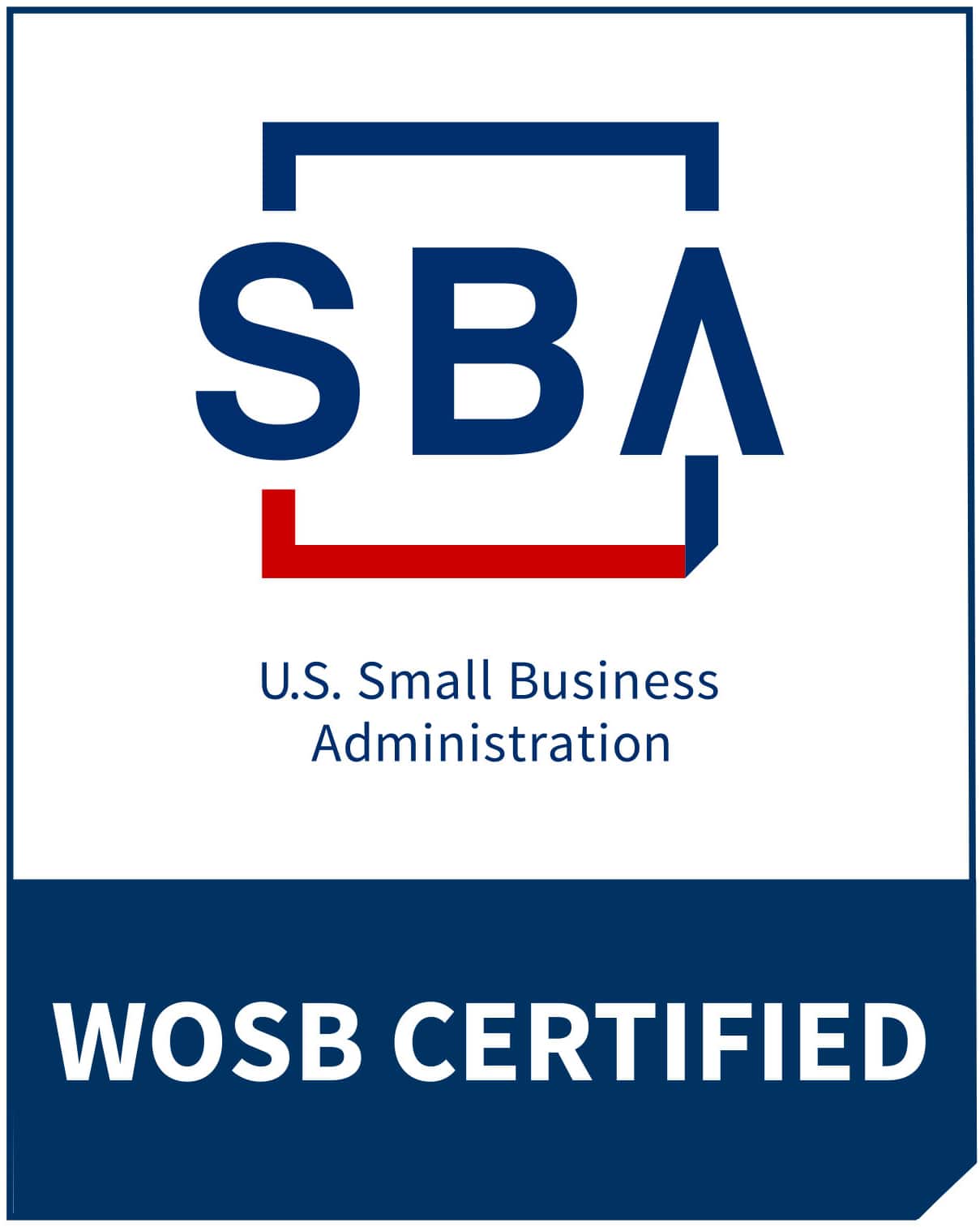Q2 2025 Small Business Index Highlights

The recent Small Business Index unveiled by MetLife and the U.S. Chamber of Commerce offers a timely snapshot of the state of American small businesses. Based on responses from over 750 small business owners nationwide, the report highlights key trends in business confidence, financial health, and ongoing challenges faced by the sector.
The results show that business owners share optimistic views. However, they’re still facing persistent challenges, including inflation, compliance burdens, and workforce-related obstacles.
Let’s explore the highlights of the report and what it means for small businesses moving forward:
Small rise in positive business outlook
69% of business owners say that their business is in good health. This 6-point increase from Q1 2025 (63%) signals growing stability and resilience in the sector. While the overall outlook is more optimistic, responses vary notably depending on how long the business has been operating and the age group of the business owner.
In comparison to their Gen X and Baby Boomer counterparts, Gen Z and Millennial business owners reported higher levels of confidence when asked about business health and the local economy. Similarly, businesses operating for fewer than 10 years showed more optimism than more established enterprises.
Based on these results, it appears that younger entrepreneurs–and their ventures–are more confident in their ability to adapt and navigate current market conditions. This outlook may stem from various reasons, including their agility, digital know-how, or recent experience launching businesses during periods of economic uncertainty.
Inflation is still an ongoing challenge.
While only 48% of respondents identify inflation as a top concern, it’s still a factor that affects U.S. businesses. Rising costs due to inflation have driven 60% of owners to increase the prices of their offerings in the past year.
Reduced anxiety over inflation is a positive sign. But it’s essential to note that businesses are not in the clear yet. Many still face the challenge of managing expenses, maintaining profitability, and adjusting their pricing strategies in response to ongoing economic uncertainty.
Employee retention is a top concern.
Most employers value the importance and positive effects of providing employee benefits like health insurance, paid time off, and retirement plans. These benefits not only help attract talent but also boost employee morale and engagement.
However, when responses are reviewed by business size, significant differences emerge. 57% of businesses with five employees or fewer offer at least one benefit to their full-time employees. In contrast, nearly all small businesses with 20 to 500 employees (99%) provide at least one benefit. The responses also vary by sector, with the manufacturing sector leading as the most likely to offer at least one benefit at 85% and the services sector lagging at 54%.
Offering benefits is an important factor in retaining employees. However, the results show that many small businesses struggle to make these benefits available. Those with limited resources and thinner margins will certainly find it difficult to provide comprehensive benefits packages.
Businesses spend increased resources on compliance.
Businesses are reporting an increase in time and resources spent on legal and regulatory compliance. U.S. businesses must be able to secure the relevant licenses, permits, and other government requirements in order to avoid potential fines and operate legally.
As the economic landscape evolves, so do the regulations and laws that govern businesses. Keeping up with these changes can be tedious and costly for owners. This mounting compliance burden pulls focus and energy away from core business activities, and can negatively impact smaller ventures with limited staff and resources.
It’s time to move forward with adaptability and modern solutions
The latest Small Business Index paints a mixed picture of optimism and realistic expectations. While overall confidence in business health and cash flow (73%) is steadily on the rise, small businesses continue to face hurdles to growth.
Inflation continues to cast a shadow on pricing and purchasing decisions. At the same time, many are navigating increasingly complex compliance requirements just to remain operational. And beyond these inflation concerns and compliance pressures, American business owners are also facing talent acquisition challenges and supply chain disruptions, adding even more hurdles in a difficult economic environment.
In this evolving landscape, optimism alone is simply not enough. Adaptability, innovation, and strategic action are vital for long-term success. If you haven’t yet, it’s time to rethink your current game plan. It’s best to continue reviewing your business activities to see what’s working, what needs fine-tuning, and whether it’s time to go back to the drawing board.
Click here to read the Q2 2025 Small Business Index in full.










